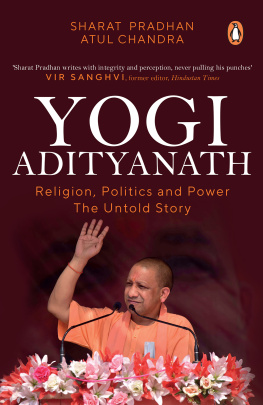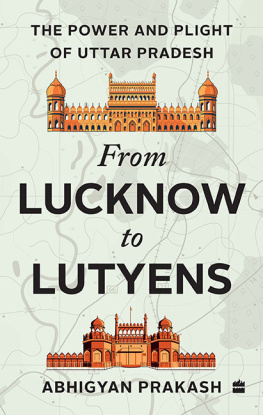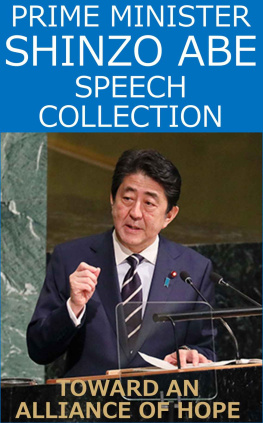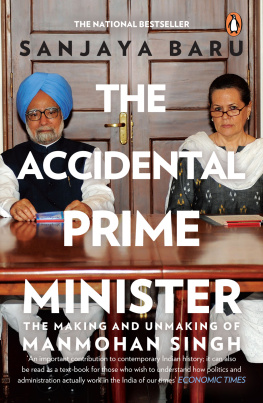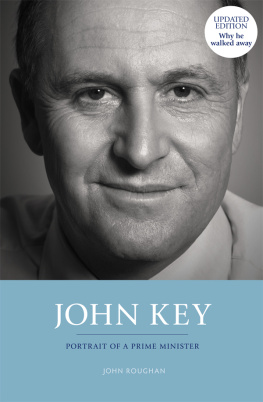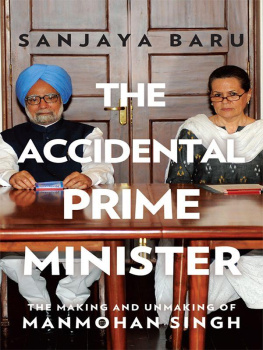Sharat Pradhan is an independent journalist and political analyst with long experience of writing for several institutions, including The Times of India, Reuters, Sunday, Outlook, IANS, BBC, The Wire, Rediff.com and Daily O. He is also a popular face on several major TV news channels, YouTube and OTT platforms.
1
THE KILLER PANDEMIC
On a visit to Varanasi, his parliamentary constituency, on 15 July 2021, Prime Minister Narendra Modi praised Uttar Pradesh Chief Minister Yogi Adityanath for what he termed as the unparalleled and unprecedented handling of the second wave of COVID-19.
Modi rolled out a long list of gifts worth Rs 1,500 crores in the name of development for the people of his constituency. Yet, he chose to go out of his way to shower praise on the saffron-clad chief minister, who, it was widely believed, was not his first choice in 2017 when the Bharatiya Janata Party (BJP) swept the state polls.
Barely a fortnight after Modis Varanasi visit, Union Home Minister Amit Shah flew down to Lucknow to lay the foundation stone for a forensic science institute. Later in the day, he addressed a public rally in Mirzapur, where he laid another foundation stone for the Rs 150-crore Maa Vindhyavasini temple corridor project.
Echoing Modis sentiments, Shah too made it a point to go into hyperboles while hailing Yogi Adityanath as an exceptional and exemplary chief minister. He declared that what Yogi Adityanath has done in four-and-a-half years, his predecessors Akhilesh Yadav and Mayawati together could not do in 15 years. Praising Yogis work in handling the pandemic, Shah said that Yogi Adityanath had done exceedingly well in controlling the second wave of novel coronavirus by ensuring large-scale sample testing and extensive vaccination.
Not many days later came BJP President J.P. Nadda, again carrying bagfuls of bouquets for the Uttar Pradesh chief minister for having done wonders with COVID-19 management.
Had such praise been showered from any other BJP quarter, it would have been construed as sycophancy for a party leader who had established himself as a brand of his owna Hindutva iconduring his four-and-a-half year stint as chief minister. But such admiration coming from the highest levels in the BJP hierarchy could not be dismissed as superfluous.
Yet, there could be no denying that the apparent overdose of commendation did leave everyone wondering. Could it be sarcasm? After all, anyone who was familiar with the harrowing experience people had to go through during the killer second wave of COVID-19, would be compelled to take such praise after praise with a pinch of salt.
Many questions arose in the mind: Was this a bid to draw a curtain over the reality of the pandemic that literally created havoc in what is Indias most populous state? Or was it aimed at changing the narrative for the next electoral battle in March 2022?
But, this was not the first time that Yogi Adityanaths COVID-19 handling had earned laurels.
On 6 January 2021, Zee News, News18 Uttar Pradesh, ABP Ganga and TV9 Bharatvarsh reported that Time magazine had praised Yogi Adityanath governments work on corona control. They were referring to an advertorial that appeared in the Indian edition of the magazines December 21/28 edition.
Before it appeared as an advertorial in Time, the three-page write-up was put out as a government press release in December. Publications such as Tehelka subsequently ran it with minimal editing.
The Time ad mentioned how Adityanaths excellent and efficient COVID-19 management model had allegedly seen the death rate from the disease fall to 1.3 per cent in Indias most populous state. Being positive in a negative situation is not naive, it is leadership, it declared. No other leader exemplifies this than the Uttar Pradesh Chief Minister Yogi Adityanath.
After several Indian media outlets went to town declaring that Time had lavished praise on Adityanath, the magazine confirmed to Newslaundry that the feature was sponsored content, as indicated by the Content From Uttar Pradesh language that appears on the advertisement page.
Interestingly, it was Yogi Adityanaths PR team that had first described the ad on 15 December as a report.
Even prior to that, praise had been showered on Yogi Adityanath by the World Health Organization (WHO) for his handling of the pandemic.
The Uttar Pradesh governments strategic response to COVID-19 by stepping up contact tracing efforts is exemplary and can serve as a good example for other states, Roderico Ofrin, WHO Country Representative, said in a statement issued in Lucknow by the Uttar Pradesh government.
The global health body appreciated the efforts made by Chief Minister Yogi Adityanath and his government for the management of COVID-19, especially in tracking high-risk contacts, an official spokesperson of the government said.
Over 70,000 front-line health workers worked across the state to reach out to high-risk contacts of COVID-19 positive cases, he said.
After the WHO released an article titled Uttar Pradesh Going the Last Mile to Stop COVID-19 on 7 May 2021, several media outlets and the Uttar Pradesh government claimed that the WHO praised the state government for its door-to-door COVID-19 surveillance campaign.
In the article, the WHO merely spoke of its role in the programme. While everyone assumed that the health agency patted the states back for carrying out the trace, test, track, treat campaign, a WHO spokesperson told FactChecker that surveillance and monitoring are among key WHO roles across the country.
Even during the first wave of the pandemic, the WHO had cited the Uttar Pradesh chief ministers contact tracing formula as an example that should be emulated by other states and praised his Triple T (Trace, Test and Treat) strategy to control COVID-19 during the second wave of the pandemic.
As if that was not enough, the next in line to applaud the Uttar Pradesh chief minister was NITI Aayog (National Institution for Transforming India Aayog), which appreciated the strategy adopted by the state to tackle the pandemic.
Perhaps it was the din of such heaps of praise that overwhelmed the pain of the COVID-19 victims, who suffered and died in the absence of treatment or due to the non-availability of oxygen across the length and breadth of this sprawling state.

